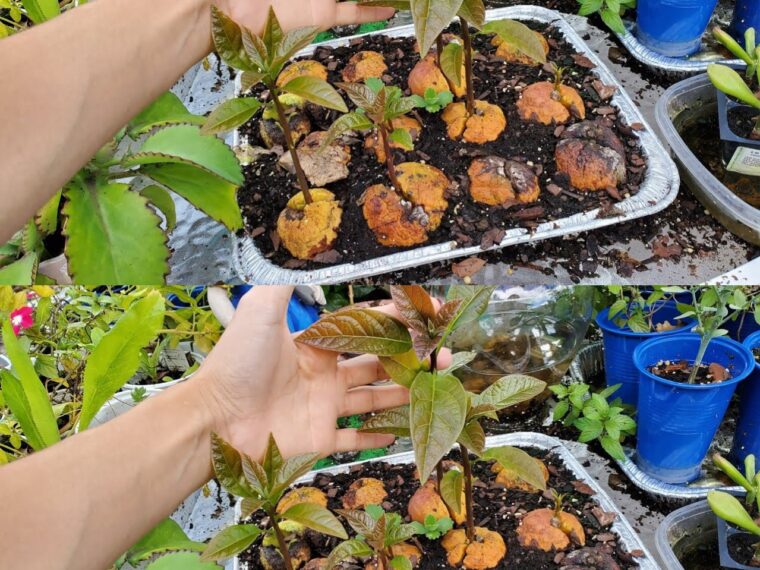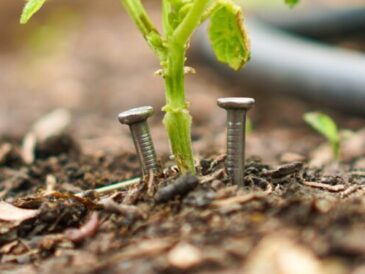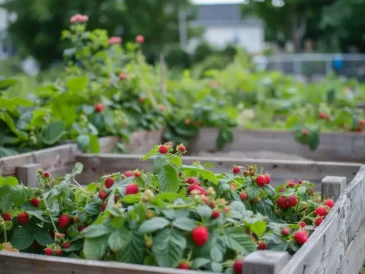Careful planning of your gardening space is crucial before embarking on vegetable cultivation. Consider these essential steps to maximize your gardening success:
- Assess Sunlight Exposure: Determine the sunlight availability in your space. Most vegetables require at least 6 hours of sunlight daily for optimal growth. Identify the sunniest spots and plan accordingly. For balconies or terraces, use pots that can be easily moved to capture the maximum sunlight.
- Choose Suitable Vegetables: Select vegetables based on their sunlight requirements. Shade-tolerant options like spinach, lettuce, radishes, cabbage, or leeks are ideal for areas with limited sunlight. Conversely, vegetables such as tomatoes, peppers, eggplants, and zucchini thrive in full sun.
- Optimize Space with Cultivation Techniques: Various methods can help you make the most of your space and enhance vegetable production:
- Lasagna Gardening: Layer organic materials like cardboard, straw, and compost to create a fertile, well-drained growing medium that improves soil quality.
- Container Gardening: Utilize vertical space by growing vegetables in pots, planters, or grow bags. This method is perfect for compact varieties like herbs, salads, strawberries, and cherry tomatoes.
- Permaculture: Embrace holistic gardening principles that mimic natural ecosystems, promoting crop diversity, vegetable rotation, and companion planting to optimize space and yield.
- Choose Compact Varieties: Opt for dwarf or compact vegetable varieties designed for small spaces. Examples include “Tiny Tim” or “Roma” tomatoes, “Patio Snacker” or “Spacemaster” cucumbers, “Black Forest” or “Gold Rush” zucchinis, “Mini Bell” or “Yum Yum” peppers, and low-profile cabbage varieties like ‘Little Cabbage’ or ‘Dwarf Siberian’ .
Read the rest in the next page
Pages: 1 2





